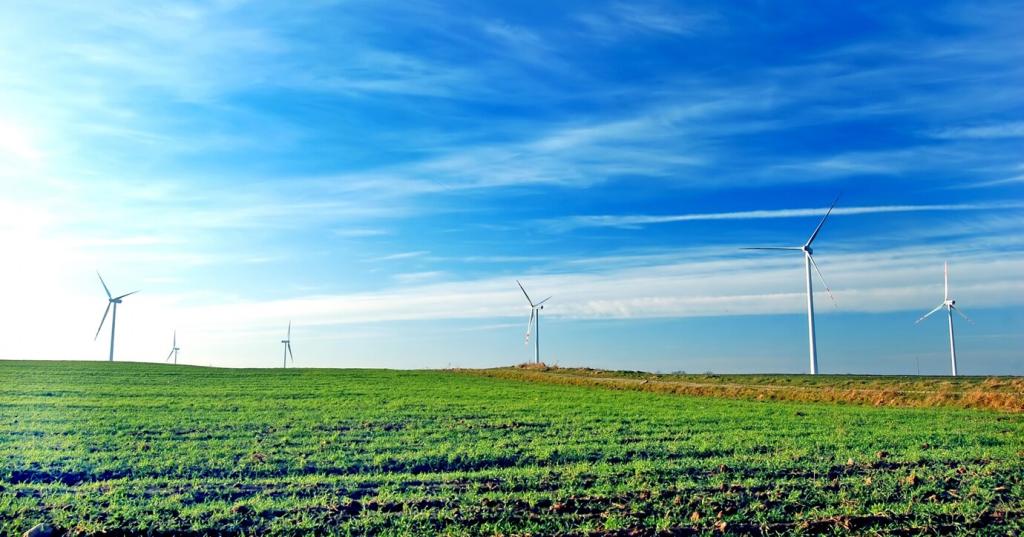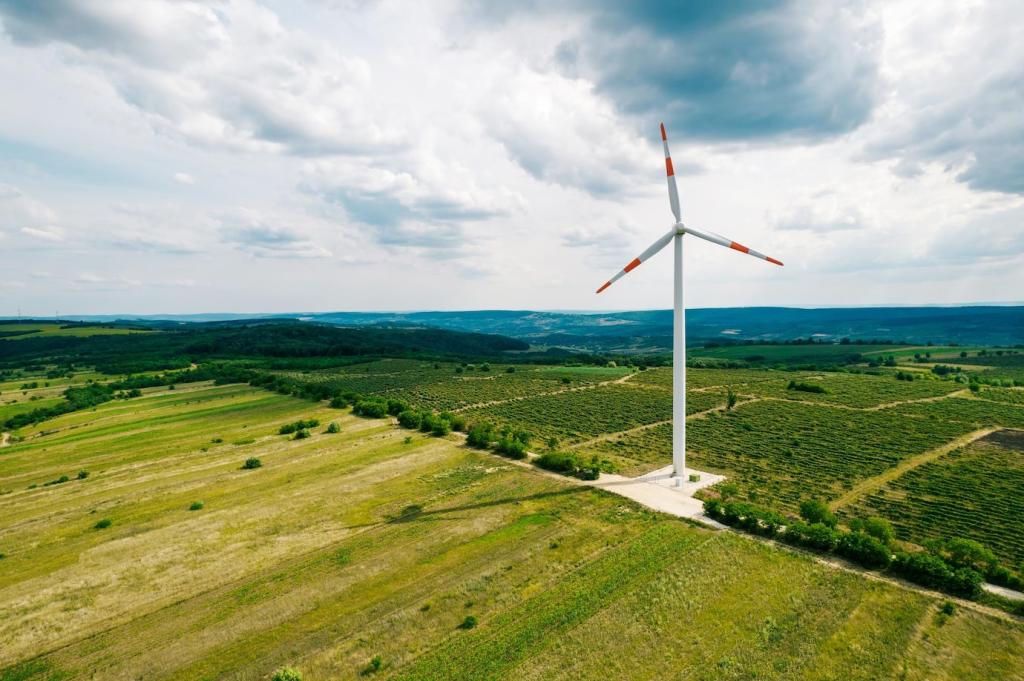Frame Materials That Boost Thermal Performance
Fiberglass frames expand and contract very little, protecting seals and glazing over decades. Composite cores further reduce thermal bridging. If you’ve lived with warped sashes or cracked caulk, tell us—this might be the durable reset you need.
Frame Materials That Boost Thermal Performance
Modern uPVC is multi-chambered for insulation, while wood-clad frames preserve a classic interior with weather-resistant exteriors. Each balances efficiency, aesthetics, and maintenance. Share your style priorities, and we’ll help match materials to your design vision.








